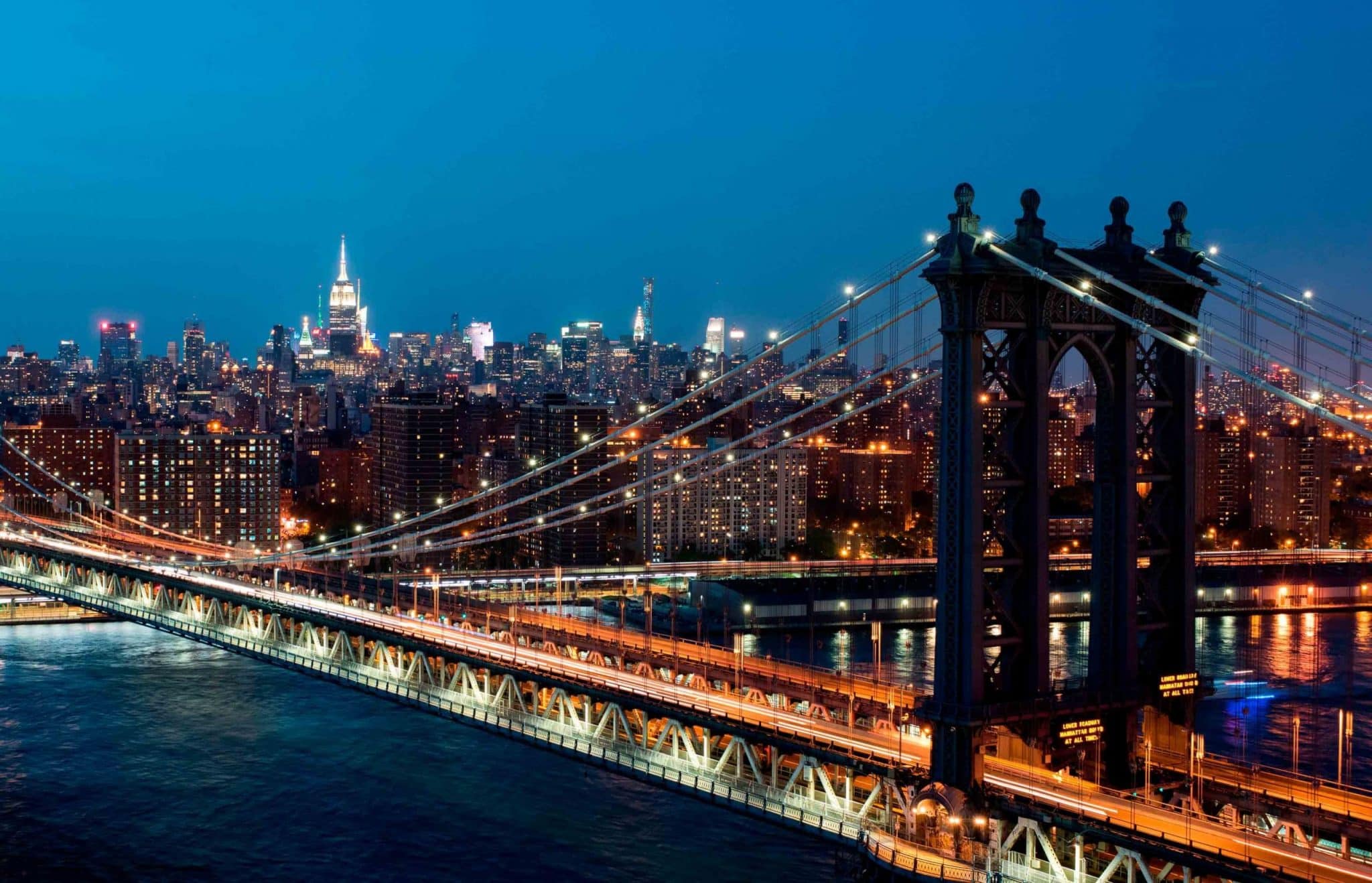The Year of Topping Out
Mar 1, 2018

In this Industry Dialogue, EW discusses NYC building trends and projections with New York YIMBY’s Nikokai Fedak (NF).
Young and full of energy, Nikolai Fedak is founder/editor of New York YIMBY (which stands for “Yes, In My Backyard”), a website that has become a go-to source for real-estate developers, residents and anyone interested in the latest information on new construction in New York City (NYC). According to Fedak’s “2018 Construction Report,” new building applications in NYC have finally stabilized after two years of sharp drops, and the city has reached a point where there could finally be some breathing room for new projects by the end of 2018, through 2019 and into the 2020s. High rises such as 217 West 57th Street, 111 West 57th Street, One Vanderbilt and others in Hudson Yards will either top out or get close by the end of the year, while some, such as 220 Central Park South, 111 Murray Street and 520 Park Avenue, have already done so.
A look at the latest data shows multifamily metrics are changing, however, with the frenzy of supertall filings of 2014-2015 on the wane, to one in 2016 and zero in 2017. Further, the number of 500-ft.-plus-tall multifamily buildings entering the pipeline was halved, from 10 to five. Although the Brooklyn and Bronx markets are picking back up, Manhattan and, increasingly, Queens – Long Island City (LIC), to be exact – remain on top in terms of adding skyscrapers. As the height of proposed buildings continues to drop overall, there has been a notable shift toward building the tallest residential buildings in Queens. There, apartment buildings “have continued sprouting to ever-increasing heights.”
EW: You observed the height of new housing pipeline entries has fallen dramatically. Do you think the entry of new supertalls in the market (particularly in Manhattan) is over? Why or why not?
NF: I don’t think it’s over. Although the residential market is becoming saturated, developments like One Vanderbilt and Hudson Yards are now coming online, and we’re seeing a shift toward office construction. Price pressure for both office and residential is stable or increasing, despite new inventory coming online. I think the office market will remain relatively strong. In terms of residential supertalls, by 2025 we may start seeing new product entering the pipeline, though, for the moment, the sky-high condominium market is becoming quite saturated.
EW: Do you think the tallest of the tall apartment buildings will continue to multiply in LIC? Is the market anywhere near capacity? What is appealing about it as a place to live?
NF: I think the peak of the LIC boom is probably starting to happen right now. During the current cycle, there have been 500-600-ft.-tall buildings popping up on every corner. It’s hit a point where the most buildable sites are no longer vacant. There will be additional infill, but I think the peak of the LIC boom is just around the corner.
It’s an attractive place to live because it offers easy access to Manhattan, including Midtown West and the Far West Side. The 7-train takes people directly to Hudson Yards. I’ve talked to people who work in Hudson Yards and live in LIC, and they say it’s very easy and convenient. The appeal of living in LIC will definitely grow as Hudson Yards, and the area around it, continues to grow.
EW: I recently visited the Second Avenue Subway extension, and it appeared to be very impressive infrastructure – big on both form and function. Do you think such improvements help lay the groundwork for continued tall-building activity, particularly just beyond Hudson Yards?
NF: I think subway improvements are always a harbinger of additional growth. One of the problems we have in New York is that most of the land on the Upper East Side is zoned residential. There is a floor area ratio (FAR) cap of 10, or 12 with inclusionary housing. (FAR is the ratio of a building’s total floor area to the size of the piece of land upon which it is built, determined by dividing the total, or gross, floor area of the building by the gross area of the lot.) There’s been discussion on and off at the state level about removing the cap. If this happens, exciting opportunities will open up, and it would be interesting to see what kind of projects that yields.
The Second Avenue subway extension will eventually go all the way to 125th Street. We can already expect to see new construction all along the extension, but with removal of the cap on residential FAR, the boom could be substantially more impressive than current regulations allow.
EW: Is it safe to say 2018 is the “year of topping out?” How much time do you think needs to elapse before NYC sees a “new crop” of talls and supertalls? Or will that even happen?
NF: 2018 is definitely the year of topping out. It is big year in terms of seeing things that have been in the pipeline and been notable, but not visible, finally come to life. After four years, we are seeing the results of all the permitting activity of 2014-2015. 57th Street in Manhattan and Hudson Yards on the western edge of Midtown are gaining quite a bit of skyline.
EW: What do you think is the biggest impediment to tall-building progress in the city right now?
NF: The cap on residential FAR is probably the biggest impediment at the moment. The Upper East Side could and should support more residential construction.
EW: What’s the state of hotel construction in the city?
NF: It’s been suggested that new hotels in certain zones must receive a special permit before they can be built or expanded. We saw supply expand very rapidly in a very short period of time, with approximately 4,600 new hotel rooms added to the pipeline in 2017 alone. It’s a tricky picture looking forward. Restrictions at the city planning level could possibly dampen new construction momentum, but that might also be necessary, because any downturn in tourism could lead to a major supply glut, leaving many of these buildings either vacant or prone to worsening neglect.
Get more of Elevator World. Sign up for our free e-newsletter.








